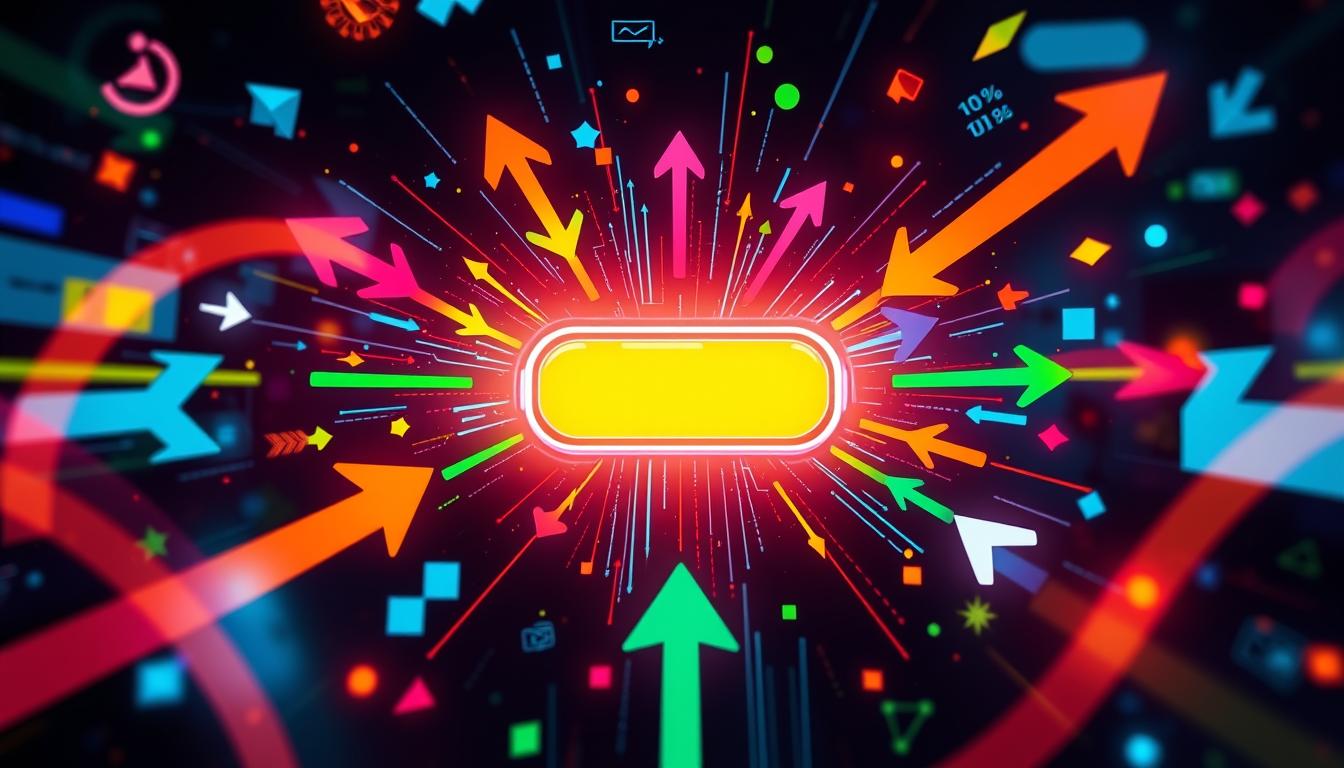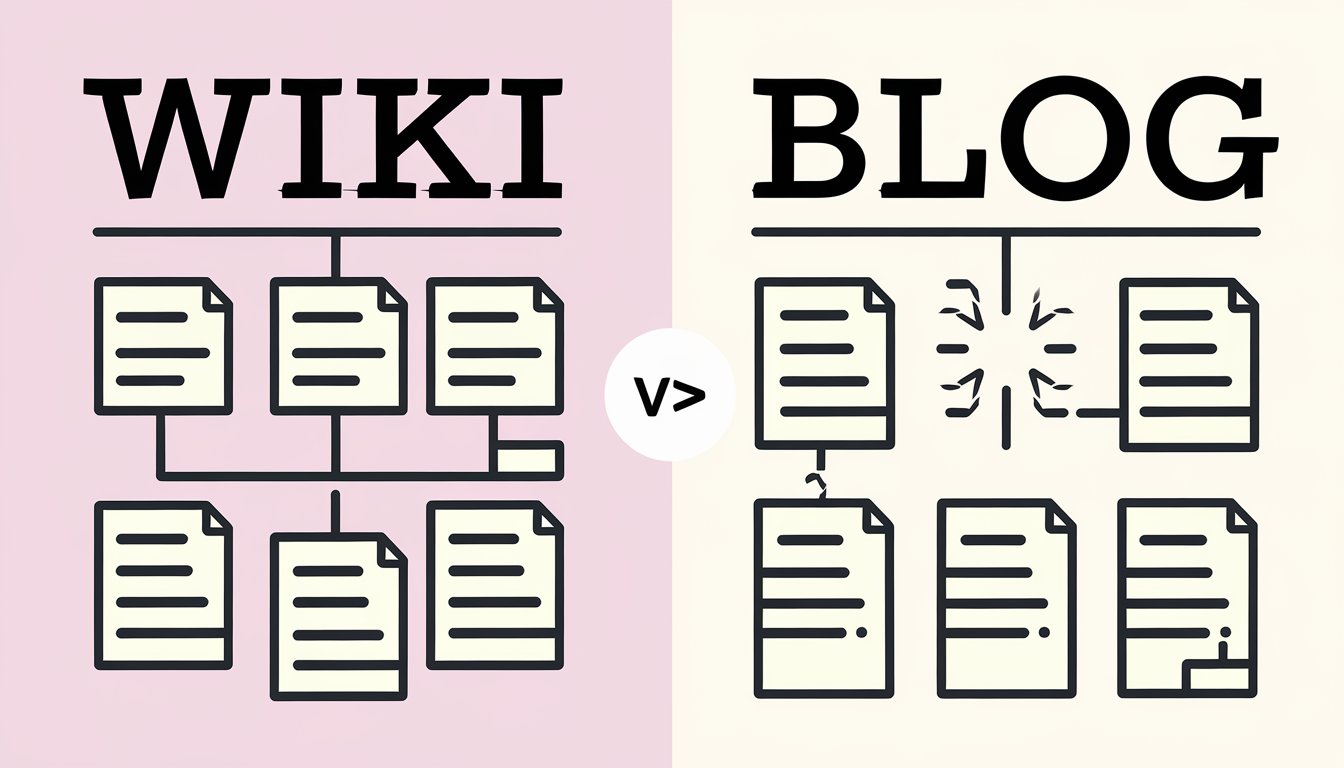Crafting Effective Calls to Action in Your Posts
A well-crafted call to action (CTA) can turn a good post into a great one. These prompts make readers take action. Learning to use persuasive language in CTAs is crucial for getting better results.
Studies show the power of CTAs: Emails with a single CTA saw a 371% increase in clicks and a 1617% boost in sales. Adding CTAs to blog posts also led to an 83% increase in revenue.
But it’s not just about any CTA. The key is to create ones that connect with your audience. Next, we’ll get into the details of making CTAs that work. We’ll cover design tips and where to place them for best results. Get ready to boost your posts with CTAs that really make a difference!
Understanding the Power of Calls to Action
CTAs can change the game for marketing campaigns. They act like signs, leading people from being just interested to becoming customers. By using strong CTAs, companies can greatly increase their click-through rates and users’ engagement.
Marketers use CTAs in various ways, such as ads, emails, and landing pages. Their effect is clear. Research shows big jumps in clicks, sales, and revenue when CTAs are well-made. For example, using “Limited Time Offer” or “Only X Spots Left” creates a sense of urgency. This makes people act faster and helps them avoid putting things off.
The words in a CTA really matter. Phrases like “Discover,” “Get,” “Unlock,” or “Join” make people excited and eager. This kind of language speaks to feelings and wants, building a strong bond with potential customers. By knowing what makes CTAs work, we can make ones that get people to engage more and click more.
The Anatomy of an Effective Call to Action
Crafting a strong call to action (CTA) is key to boosting your conversion rates. A good CTA can increase conversions by 20-30%.
A strong CTA uses clear, action-oriented language and highlights the value for the user. Words like “buy,” “download,” or “subscribe” directly tell visitors what action to take, while showing clear benefits, such as “Save Time with Our Tool.”
Design matters, too. Clickable buttons that grab attention can make a big difference. Using contrasting colors and bold buttons can improve visibility and click rates by up to 30%.
Actionable Language and User Motivation
Persuasive copy is vital for effective CTAs. Instead of using passive phrases, choose dynamic language that grabs attention. For instance, “Click here for the latest trends” is more engaging than “Our newest fashions are available.” This makes your message more appealing and can increase click-through rates.
User motivation is key to CTA success. Personalized CTAs can boost conversion rates by up to 202%. By tailoring your message to specific audience segments, you meet their individual needs and desires. This personal touch builds a stronger connection and increases engagement.
The aim is to clear up confusion and encourage quick action. A well-made CTA uses psychological triggers like urgency and curiosity. By combining actionable language with persuasive copy and understanding user motivation, you’ll make CTAs that really connect with your audience and get results.
Aligning CTA Copy With Landing Page Content
The message on your CTA should match what users see on the landing page. This ensures a smooth user experience and increases conversion rates. For example, if your CTA says “Get Your Free Guide,” the landing page should offer exactly that, not an ebook or a course.
Keeping consistency throughout the conversion funnel is vital. It builds trust and reduces confusion. When users click a CTA, they expect to find the promised content. If there’s a mismatch, they might leave, hurting your conversion rates. Starting a blog can be daunting, but with the right approach, you can create a seamless journey for your readers from CTA to conversion.
Small changes in CTA copy can make a big difference. Changing “Start your free trial” to “Start my free trial” led to a 90% increase in click-through rates in one study. It’s all about creating a personalized user experience that guides visitors through your conversion funnel effectively.

Leveraging Urgency and Scarcity in Your CTAs
Using urgency and scarcity in CTAs can really help boost your conversions. Limited-time offers are great for getting people to take action. Phrases like “ending soon” in email subjects can make people open them more and buy more. Countdown timers also push people to act fast, before the offer goes away. Showing that something is scarce makes people want it.
Social proof makes urgency and scarcity even more effective. Showing how many customers you have makes you look trustworthy and can get more people to buy. Testing different versions helps you find the best way to do this. Always use these tactics in a way that keeps your audience’s trust. Adding urgency and scarcity makes your offers seem more special and valuable, which can really boost your sales.
Design Elements: Making Your CTA Stand Out
Visual hierarchy is key to making CTAs effective. I use contrasting colors and lots of white space to make my CTA buttons stand out. It’s not just about looks; it’s about guiding the user’s eye to what’s important.
Color psychology is a big part of my CTA design. I pick colors that match the emotions I want to create and fit my brand. For instance, red can make things seem urgent, while green means go or progress. I’ve seen that 62.5% of successful CTAs use buttons, so I make sure mine are noticeable.
Where I put my CTAs is crucial. I place them in easy-to-see spots like under headers, after introductions, or at the bottom of the page. This helps users know what to do next. I also try out different sizes and layouts to see what works best for my audience. A great user experience is essential for a successful CTA.

Optimizing CTAs for Different Devices and Platforms
Mobile optimization is key today. With 4.88 billion mobile users worldwide, making device-specific CTAs is a must. We need to make sure our CTAs work well on all devices to engage users effectively.
For desktops and tablets, CTAs like “Learn More” or “Shop Now” are good choices. However, for mobile phones, CTAs that encourage phone calls work best, especially for services. “Call Now to Get Started” or “Call Us Today” are great options because 80% of local mobile searches lead to sales.
The average click-through rate for CTAs is 4.23%, with buttons doing better at 5.31%. To improve these rates, I use short, clear copy for mobile CTAs. I also focus on placing them well on the screen and using contrasting colors to make them pop. A good CTA should be short, about 4-5 words long. Using these tips can really boost user engagement and sales.
Unlock the Power of CTAs: Transform Your Content Into Conversion Machines
Mastering the art of crafting effective calls to action (CTAs) can significantly enhance your content’s impact, driving more engagement and conversions. By using clear, persuasive language, focusing on user motivation, and aligning your CTAs with your overall message, you create a seamless and compelling user experience.
Whether through urgency, scarcity, or personalized touches, a well-designed CTA transforms casual visitors into loyal customers. As you implement these strategies, remember to continually test and optimize your CTAs to ensure they resonate with your audience and deliver results.
Now that you’ve learned how to create compelling CTAs, it’s time to put those strategies into action! For more expert tips on optimizing your blog and boosting engagement, explore our in-depth guides at After Social. Keep reading and discover how to turn your posts into powerful conversion tools!






Post Comment